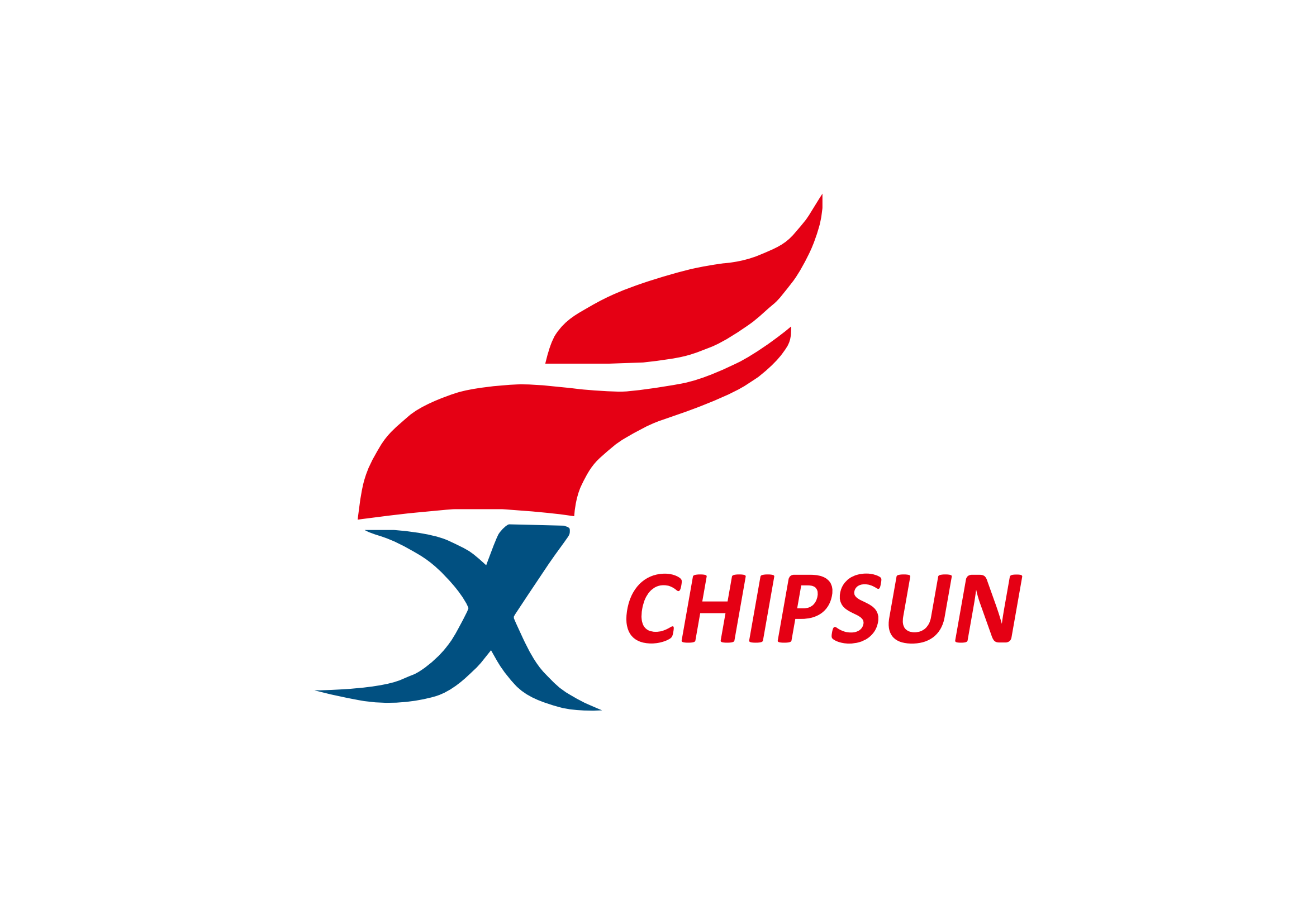Chipsun Knowledge Collection | Five Output Modes of Differential Crystal Oscillators
Differential crystal oscillators, also known as differential mode crystal oscillators or differential output crystal oscillators, are a common type of crystal oscillator structure in modern electronic devices. They generate output signals through two matched crystal oscillator units. Differential crystal oscillators offer numerous advantages, and there are distinct differences between their differential output and single-ended output.
First, let’s understand the working principle of differential crystal oscillators. The structure of a differential crystal oscillator consists of two identical single-ended crystal oscillator units. One oscillator operates in one direction, while the other operates in the opposite direction. The output signals of these two units are combined via a differential amplifier. The differential output signal can be connected to other circuits (such as communication interfaces, filters, and power amplifiers) through pins to meet specific application requirements. Below are five common output modes of differential crystal oscillators:
1.LVPECL Mode LVPECL (Low Voltage Positive Emitter-Coupled Logic) achieves fast switching by avoiding transistor saturation and is equipped with a constant current source driver. It has a voltage swing of 600-1000mV and excellent jitter performance, making it suitable for scenarios like PONs (Passive Optical Networks), graphics cards, and optical modules.
2.LVDS Mode
LVDS (Low Voltage Differential Signaling) is characterized by low power consumption and low electromagnetic interference (EMI). Its voltage swing is only 350mV, and when the load impedance is 100Ω, the current does not exceed 4mA. It is applicable to noise-sensitive devices such as audio-video processors and servers.
3.HCSL Mode HCSL (High-speed Current Steering Logic) is known for low jitter and low power consumption. It is used in high-speed serial communication (e.g., PCI Express) and clock distribution systems.
4.CML Mode CML (Current Mode Logic) uses a current source for output and does not require external resistor matching. It is suitable for optical modules and high-speed serial links (e.g., 10G/25G Ethernet).
5.LPHCSL Mode
LPHCSL (Low Power High Current Source Logic) combines low power consumption and high current driving capability, though its specific application scenarios have not been widely disclosed yet.
Differential crystal oscillators offer several key advantages:
- Higher anti-interference capability: The integration of a differential amplifier allows environmental interference signals to be canceled out within the amplifier. This enables differential crystal oscillators to operate in noisy environments and provide more reliable output signals.
- Lower intermodulation distortion and phase noise: When the differential amplifier combines the output signals of the two units, it cancels out the nonlinear characteristics and phase noise of individual units. This makes differential crystal oscillators particularly useful in applications like wireless communication and high-precision measurement.
- Higher output power: Since the two crystal oscillator units operate at different phases, they can work in parallel to achieve higher output power. This makes differential crystal oscillators an ideal choice for applications requiring high power, such as RF (Radio Frequency) transmitters and power amplifiers.
